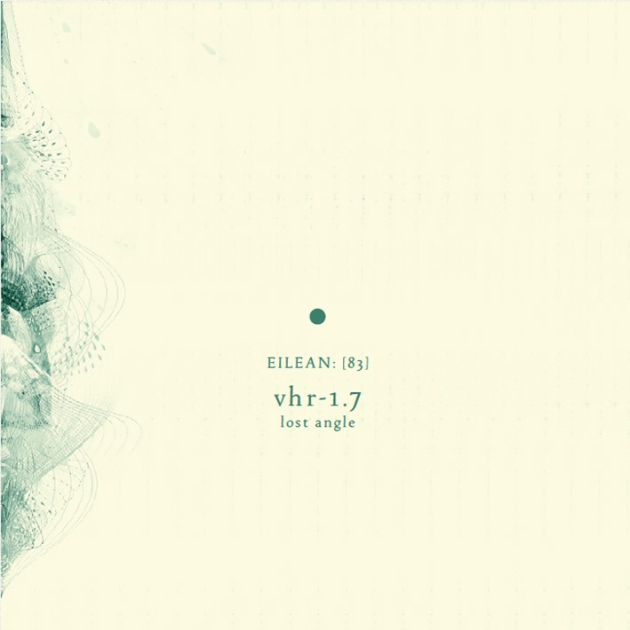Artists and audience rarely get to experience a real sense of intimacy with one another; the listener is often allowed a frank insight into an artist’s emotions as expressed through their music but it’s difficult for the artist to get anything in return. Croatian Amor’s Loke Rabhek recognised this one-sidedness and decided to only make his latest release available…if you send him a nude selfie. Admittedly I came by this album the cheat’s way through a leak but I like the notion of giving something more personal and intimate than money in reward for music, although at the same time the prospect does make me a little queasy knowing an unknown number of nudes are going to be stored away on Loke’s computer indefinitely.
Regardless, our personal display of intimacy is reciprocated with a certain quiet and sparse familiarity in the dismal, low-key synth lines, piano fragments and processed guitar that primarily create this record. Opener “The Madness of Summer” invokes some of the feelings of cabin fever and heavy, sleepless nights trapped in a muggy and humid lo-fi fuzz, our minds ticking over restlessly as we fret on how much sleep we’re going to get as the synth riff ticks over slowly and endlessly. Sleep finally seems to be granted to us in followup “Forever Wild Palms” as the pacing is crushed, with minimal piano tinklings draped in a fuzzy layer of subconsciousness welcoming us into the dark and uneasy dream world.
This disquieted sleep turns into the ethereal setting of “There Is Always Tomorrow”, with distal synth drones floating mysteriously through thick cassette fuzz. There’s a certain present hopelessness and darkness that’s allowed to manifest unchecked now that the conscious mind is no longer able to quell its worries and concerns, but there remains a lingering belief that whatever is wrong may still be righted in a new day. It’s perhaps one of the strongest pieces of the record alongside its companion “Everything Must Go”, which seems to contain something of a late 90s Psytrance or Progressive Electronic vibe in its destroyed but playful rhythms, teasingly migrating through the destruction to breach the surface as distorted echoes of their former selves, remnants of a time long since passed. It feels like a call to abandon the belief that the things we love are going to come back, a reminder that there exists a shinier future ahead but only waning nostalgia behind us.
The final two pieces of this short, 30 minute excursion are perhaps something of a weaker display than what we’ve seen thus far in my opinion; longest track of the album “Angels of the Afternoon” pushes the limits of repetitive acceptability that the other tracks dared not approach as it spins out admittedly suspenseful swirling fragments of processed guitar strums and piano snippets, but this heaviness and menacing synth drone fabric is allowed to continue without significant evolution for nigh-on 7 minutes and honestly I find it tiring. Luckily, closer “Only The Strongest” does pull things back a little bit in its very empowered movements of energised guitar riffs and jangling electronica, surfing the rush of the noisy crowd we hear peeking through the distortion at the beginning. It’s been a productive sleep, perhaps, since it feels like we’ve processed and digested something in doing so and overcome some particular internal emotional struggle, ready to face the tomorrow we dreamt about.
I love the uniqueness of this concept and the controversy it seems to have stirred up in people, with many questioning “artistic integrity”, others saying things like “true fans will buy the music regardless” and generally talking about how demeaning it all is. But I think it makes a pretty great point not just in regard to the disconnect between artist and listener but also how we’ve seemingly become fearful of our own bodies collectively, scared of having other people see them and not trusting others with images of it. Humans have been paying for sex for a long, long time, lots of people vehemently shun that as well as, apparently, using it to “pay” for music. A clever concept, and it’s not bad on the music front either.



You must be logged in to post a comment.